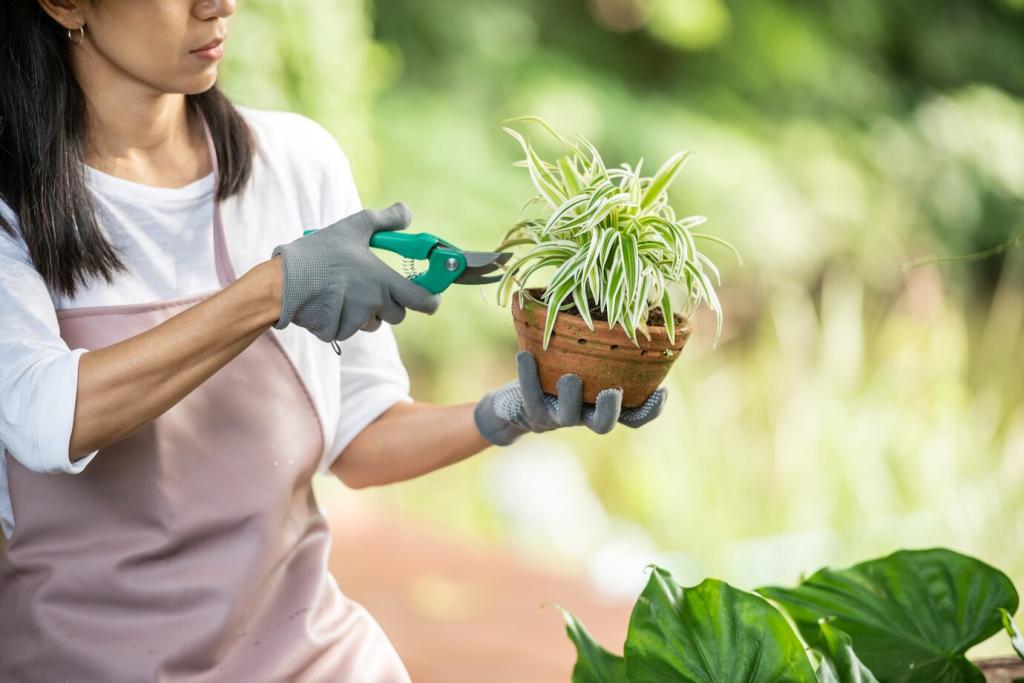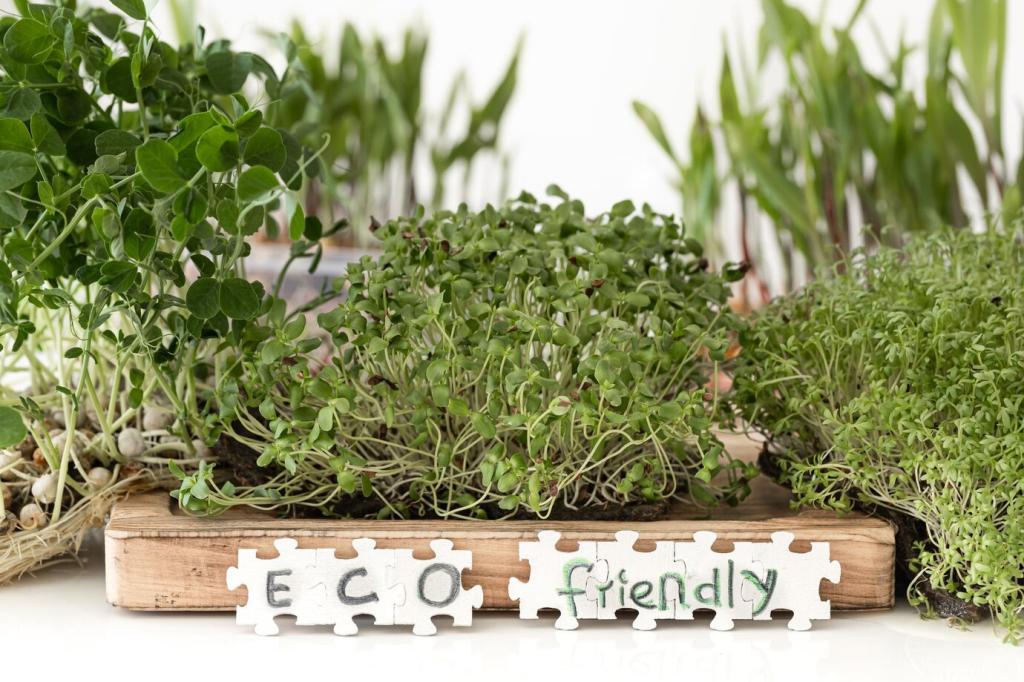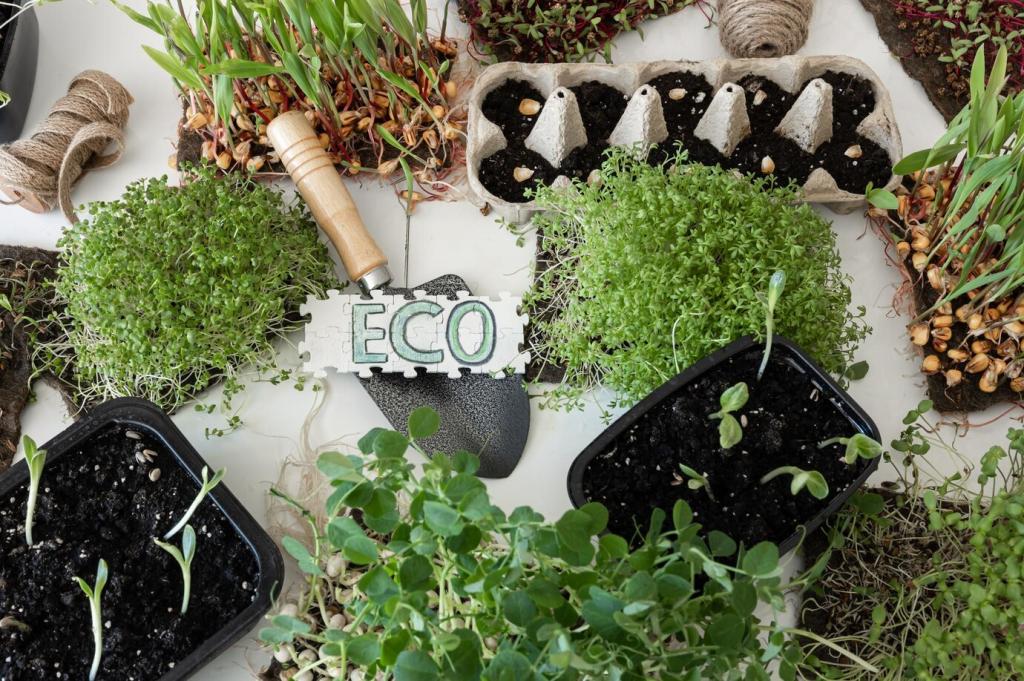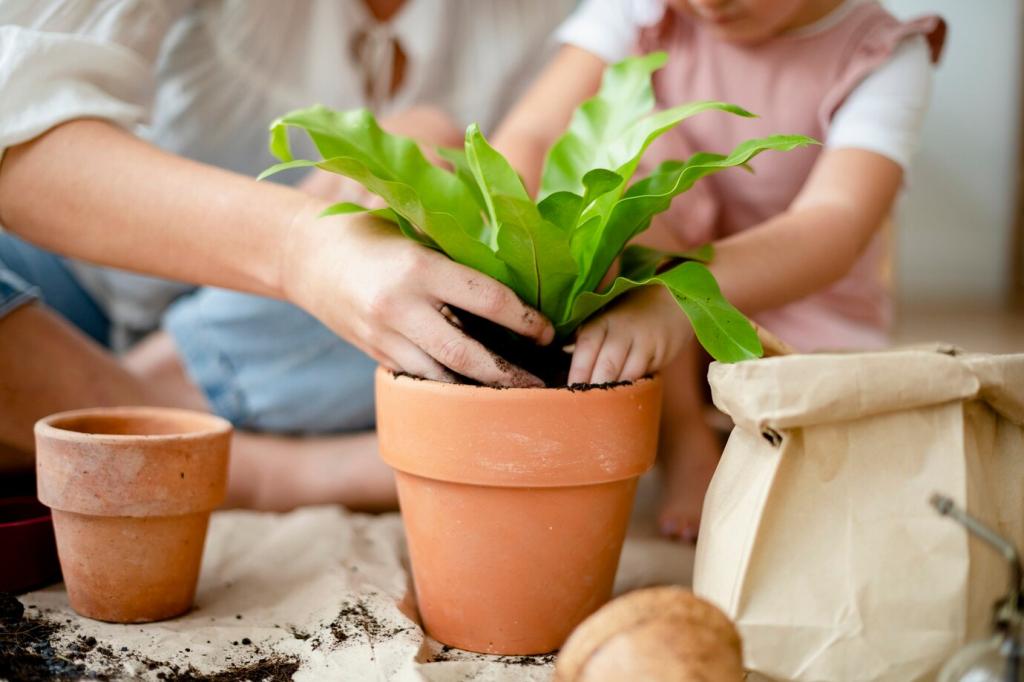
Grow More With Less: Drought-Resistant Plants for Eco-Friendly Gardens
Today’s chosen theme is “Drought-Resistant Plants for Eco-Friendly Gardens.” Explore practical plant choices, design tricks, and care habits that let your landscape flourish on minimal water while supporting biodiversity. Share your climate zone in the comments, and subscribe for weekly low-water plant profiles tailored to your region.
Start With The Right Plants
Look to local natives like California fuchsia, yarrow, coneflower, manzanita, and desert marigold, which evolved for lean rainfall. They offer nectar, structure, and seasonal interest while requiring far less irrigation once established—perfect for an eco-friendly, low-water design.
Start With The Right Plants
Herbs such as rosemary, thyme, sage, and oregano store essential oils that help them thrive in heat. They provide pollinator-friendly blooms, edible leaves, and fragrance, all while using less water than thirsty ornamentals. Tell us your favorite culinary herb that sails through summer.


Designing For Water Wisdom
Group high, medium, and low-water plants into separate zones, putting thirstier selections near paths or spigots. This lets you irrigate precisely where needed, trimming waste and bills. Comment with how many zones your garden currently uses and what you’d add next.
Designing For Water Wisdom
Spread a three-inch blanket of shredded bark, gravel, or leaf mold around plant bases, keeping it off stems. Mulch cools soil, slows evaporation, and smothers weeds. It also highlights textures of drought-resistant plants, giving your garden a polished, water-wise finish.


Soil That Holds Moisture Naturally
01
Compost, biochar, and slow-release nourishment
Blend mature compost and a modest dose of biochar into planting areas to boost structure and water-holding capacity. Slow-release organics feed soil life, not just plants, helping drought-resistant roots establish quickly. Tell us what amendments you rely on in hot, dry months.
02
Fungal allies for deeper roots
Inoculate with mycorrhizae when planting. These fungi partner with roots, expanding access to moisture and micronutrients. A neighbor’s lavender doubled bloom count after a season with mycorrhizal support. Try it and report back—did you notice stronger growth with less water?
03
Testing soil and adjusting pH thoughtfully
Use a simple soil test to check texture, organic matter, and pH. Slight adjustments can unlock nutrients and reduce stress. Balanced soil means drought-tolerant plants spend less energy coping and more energy blooming. Share your test results and we’ll suggest eco-friendly tweaks.
Planting And Establishment Without Waste
01
Plant in fall where winters are mild, or early spring in colder zones, to take advantage of cool soil and gentle rains. Give each plant room to breathe, reducing competition for scarce moisture and minimizing disease. What timing has worked best where you live?
02
Water slowly at the root zone, then wait until the top few inches dry before watering again. This trains roots downward, building drought resilience. One reader’s manzanita survived a heat dome after just six deep soaks. Try it and track your results weekly.
03
Use temporary shade cloth and small wind screens to reduce transplant shock. Remove supports gradually as roots anchor. Patience pays—rushing water or fertilizer can backfire on drought-adapted species. Share a quick snapshot of your setup to inspire fellow gardeners.


Low-Maintenance Care, High Impact
Prune after bloom cycles, removing dead or crossing growth to improve airflow. Tidy cuts and clean tools reduce disease. Shaping woody drought plants lightly preserves energy and encourages compact, water-efficient growth. Tell us your favorite pruning window for sages or lavenders.
Low-Maintenance Care, High Impact
Weeds steal precious water. Hand-pull after light rain, then re-mulch to shade seeds. Consider dense groundcovers like creeping thyme to block sunlight and lock in moisture. Share your most effective weed barrier and how it fared during summer’s toughest week.
Beauty With Purpose: Pollinators And Wildlife

Bloom sequences that feed from spring to frost
Layer early, mid, and late bloomers—penstemon, salvia, gaillardia, and aster—so nectar never runs dry. Continuous flowers keep pollinators returning, even through heat waves. Which plants carry your garden’s hunger gap? Share your list to help others plan.

Safe sips: water for wildlife without waste
Offer shallow dishes with pebbles for bees and butterflies, refilled with harvested rain or graywater where permitted. Place in shade to slow evaporation. Tell us how you keep wildlife hydrated responsibly during long dry spells.

Nightlife matters: moths and bats love drought-friendly blooms
Plant evening primrose, white nicotiana, or datura where safe, drawing night pollinators with pale, fragrant flowers. Night visitors boost fruit set and balance pests, all without heavy watering. Share your dusk garden observations and subscribe for nocturnal-friendly plant pairings.
